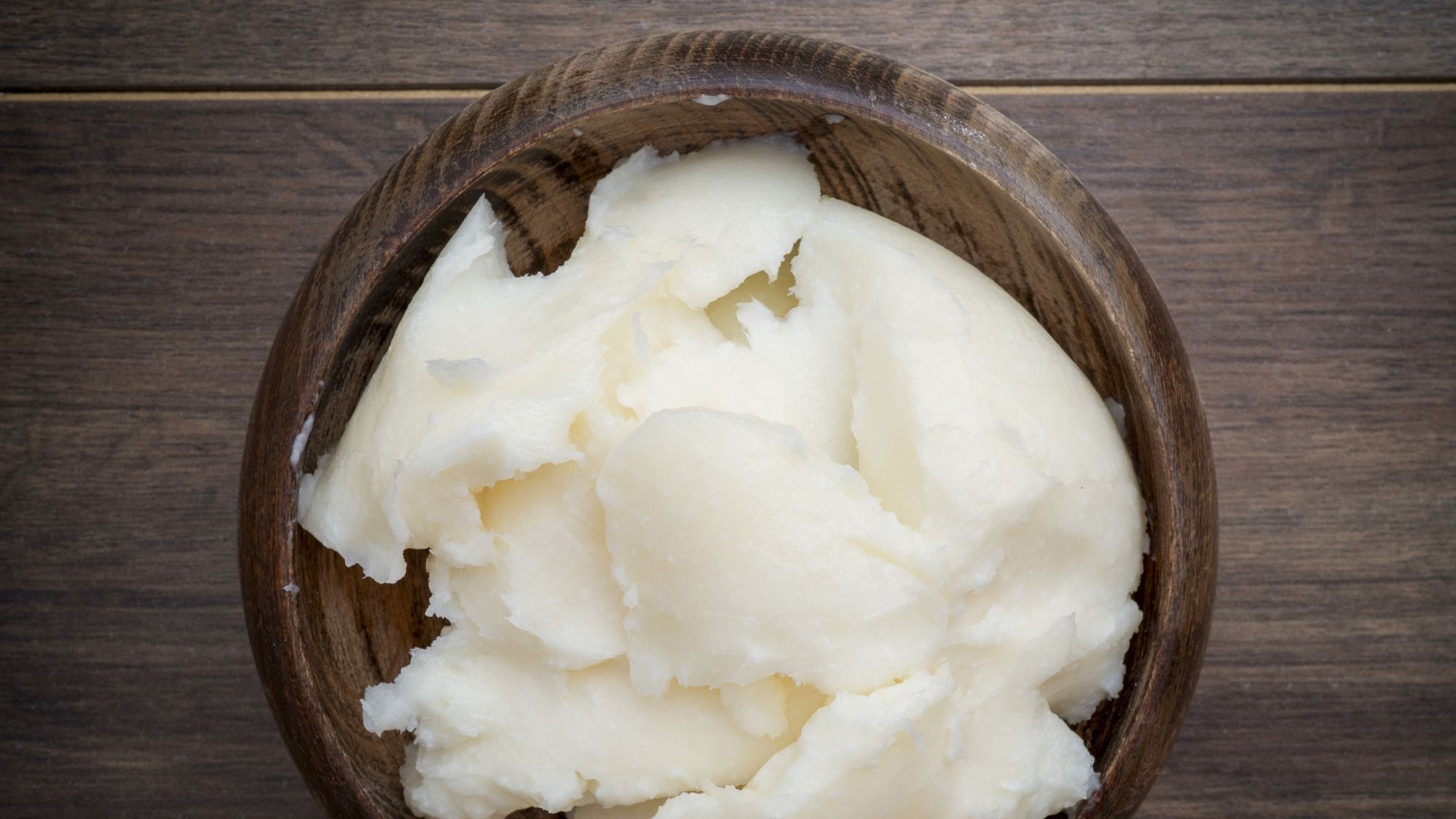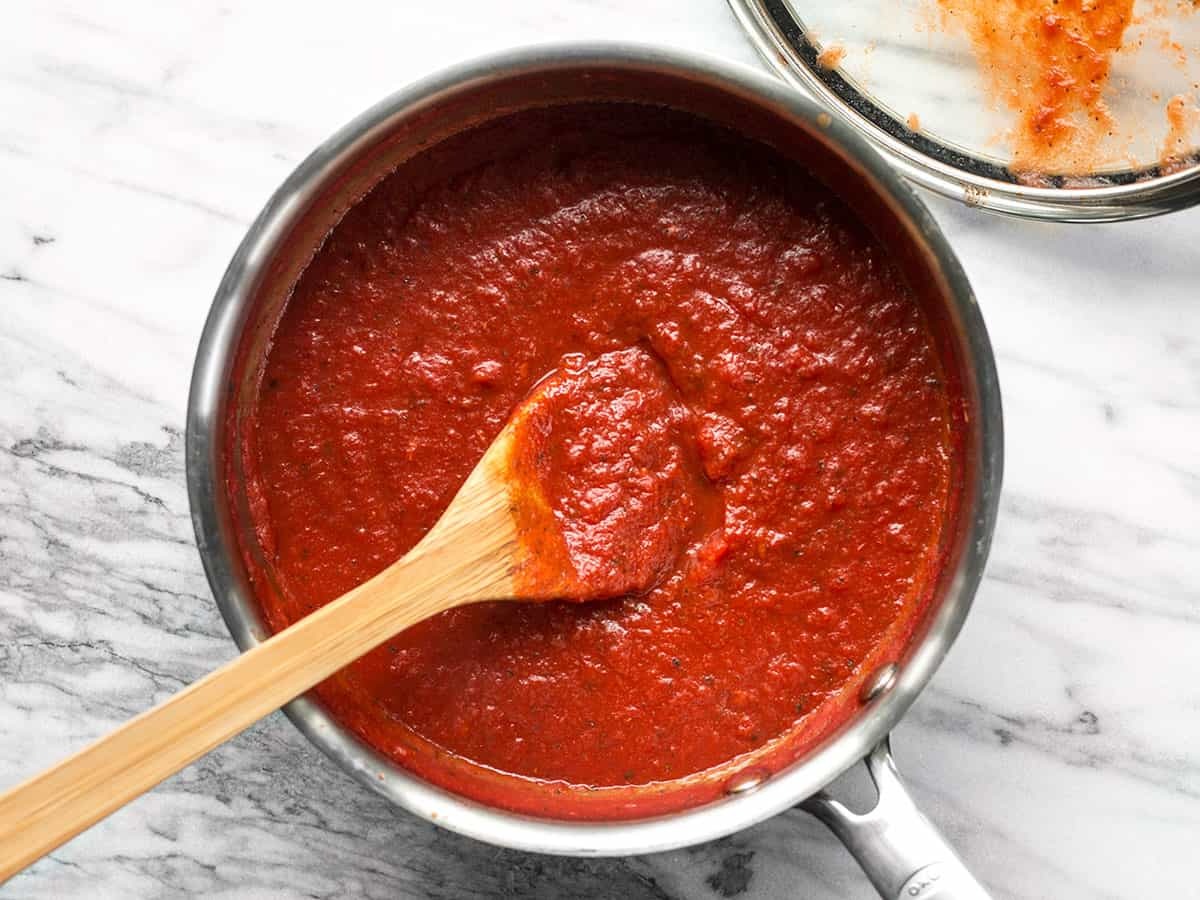Discovering the Delicious World of Salsa
When it comes to popular condiments, salsa is a true standout. This versatile and flavorful sauce has become a staple in many households and is enjoyed by people all around the world. But what exactly is salsa, and what makes it so special?
What is Salsa?
Salsa is a type of sauce that originated in Latin America, particularly in Mexico. The word “salsa” actually means “sauce” in Spanish, and it can refer to a wide variety of sauces that are used as condiments or dips. While there are countless variations of salsa, the most common type is made with tomatoes, onions, chili peppers, and a blend of herbs and spices.
The Ingredients
One of the things that makes salsa so unique is its diverse range of ingredients. Here are some of the key components that are often found in traditional salsa:
- Tomatoes: Fresh, ripe tomatoes are the base of many salsa recipes, providing a juicy and flavorful foundation.
- Onions: Whether they’re raw, grilled, or roasted, onions add a pungent and slightly sweet flavor to salsa.
- Chili Peppers: These fiery little peppers are what give salsa its signature kick. From mild to extra hot, there’s a pepper for every palate.
- Cilantro: This herb adds a bright, citrusy flavor and a pop of green color to salsa.
- Lime Juice: A splash of fresh lime juice can add a tangy and refreshing element to salsa.
- Salt and Pepper: These simple seasonings help to enhance the flavors of the other ingredients in the salsa.
Types of Salsa
There are countless variations of salsa, each with its own unique flavor profile and texture. Some popular types of salsa include:
- Pico de Gallo: Also known as salsa fresca, this chunky salsa is made with fresh tomatoes, onions, chili peppers, and cilantro.
- Salsa Verde: Made with tomatillos, green chili peppers, and cilantro, this tangy salsa is a delicious alternative to traditional red salsa.
- Fruit Salsa: Combining sweet and savory flavors, fruit salsa often features ingredients like mango, pineapple, or peach, along with chili peppers and lime juice.
- Salsa Roja: This classic red salsa is made with ripe tomatoes, onions, and a variety of chili peppers, resulting in a rich and spicy flavor.
How to Enjoy Salsa
There are countless ways to enjoy salsa, making it a versatile and delicious addition to any meal. Here are just a few ideas:
- As a dip for tortilla chips or vegetable sticks
- As a topping for tacos, burritos, or nachos
- Mixed into scrambled eggs or omelets for a flavorful breakfast
- As a condiment for grilled meats, seafood, or vegetables
- Stirred into soups or stews for an extra kick of flavor
In Conclusion
Salsa is a delicious and versatile sauce that adds a burst of flavor to a wide variety of dishes. Whether you prefer it mild and tangy or hot and spicy, there’s a salsa out there to suit every taste. So, the next time you’re looking to add some excitement to your meal, consider reaching for a jar of this beloved condiment. Your taste buds will thank you!
Was this page helpful?
Read Next: What Is Seekh Kebab?











